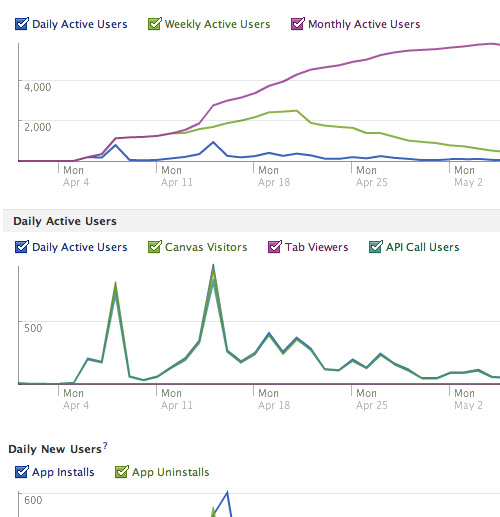I moved to NYC almost three decades ago, but the coolest and most forward thinking movie then had gotten here almost a decade earlier. DAVID HOLZMAN’S DIARY is often described as America’s answer to Godard — and they are talking his early films when they say that. It’s such a fun, smart, provocative film that we needed to wait forty years for history to catch up to it.
Not only do we now have a chance to catch up to it, the technology and it’s various partners have provided us with many ways to appreciate it, but for me it is a special joy to have it’s hero lift it’s curtain, and tell us a bit how it was all done. The multi-faceted L.M. Kit Carson guest blogs today demonstrating that the greatest work often comes from refusing to ask permission and finding a way to make by any means necessary.
David Holzman Was So Far Ahead Of The Parade You Might Have Missed He Was Leading It
Here’s the funny thing – David Holzman (mockdoc mockfilmmaker) won’t quit. Put it this way – end of May on Memorial Weekend I got invited to the Harrisburg Indie-Fest in Penn for screening me and Jim McBride’s first movie: David Holzman’s Diary – and the truly sudden surprise is… now it really plays like a YouTube movie. Say more: the Fest-goers reacted like, well, like it’s a Not-Exactly-1968-Movie, no – but like David was just last week on their computer-screens.
After the screening, later walking around Fest-goers – they acted really familiarly – like they did know me (David?) – nodded; grinned; film-loving femmes silently mouthed: “Hi Guy”… uh… A local FilmProf clues me into this social-action: “David Holzman is the original YouTuber. Watching him now, you’re hit by the beginnings of everyman Net-Cinema.” uh-2…
OK. Got it: like it’s a flashback-and-flashforward-at-the-same-time-movie.
OK, fact is – 1967: Me and Jim McBride were writing the first-ever book about cinema-verite – it was an interview/theory book for New York City’s Museum of Modern Art; we were calling it: THE TRUTH ON FILM. We were interviewing the roster of new-documentary filmmakers from Robert Drew to Leacock and Pennebaker to the Maysles Brothers – including interviewing Andy Warhol for his pop-verite. Halfway through the book-writing, McBride says to me: “There is no Truth on Film. Basically as soon as you turn the camera on – everything changes – to not real – gets like unreal.” So we decide it’s more quote/unquote “un-truth-ful” to write this book – we decide not to write this book.
We take the $2,500.00 book-advance – and over the 10-day Easter Break from college – we make a cinema-verite mock-documentary – we figure it’s the strongest way to question cinema-verite: David Holzman’s Diary.
The Museum of Modern Art was not happy that we did not make the contracted book – until David Holzman’s Diary won the Mannheim, Brussels, and Locarno Film Festivals. Then the Museum arranged for a high-profile Special Screening of the mock-doc – the beginning of a film-series called CINEPROBE – and then added it to the Film Collection of the Museum of Modern Art.
OK, curious fact is – 1991: David Holzman’s Diary is selected to join 250 other films as “American Cinema Treasures” in the U.S. Library of Congress Film Collection. In this collection: Citizen Kane; Gone With The Wind – and the 10-day $2,500.00 mock-doc David Holzman’s Diary. It was noted as quote/unquote “culturally, historically or aesthetically significant” – uh-3…
OK, latest fact is – Summer 2011: NYC’s MoMA sets up a 5-day Special Screening Event in collaboration with distributor KinoLorber’s re-launching a new digitalized + print of this movie on multi-platforms: David Holzman’s Diary June 15-20… check this MoMA link: http://www.moma.org/visit/calendar/films/118
Other funny thing – keep getting un-asked-for Press every time I chat to a journo-friend… …current item in British pop/philosophy-critical-mag The Fortnightly Review… checkit…
…or this in D magazine (Dallas version of NEW YORK)… checkit…
David Holzman won’t quit…
BritCrit friend Denis Boyles notes: “I hope David never quits.” OK. Go with that.
— Kit Carson
Robert PeFilmmaker/Journalist L.M. Kit Carson recently jump-started back to his documentary roots – using Nokia N93 & N95 cellphonecams journeying across Africa to record a digital diary docu-series for the Sundance Channel: AFRICA DIARY. This work combines truth and heart in newsworthy reports set to air on the Sundance Channel’s 3 screens – cable-TV; computer; and cellphones – launching in Fall 2011.
David Holzman’s Diary premieres on Fandor.com on June 15th. Don’t miss it.



